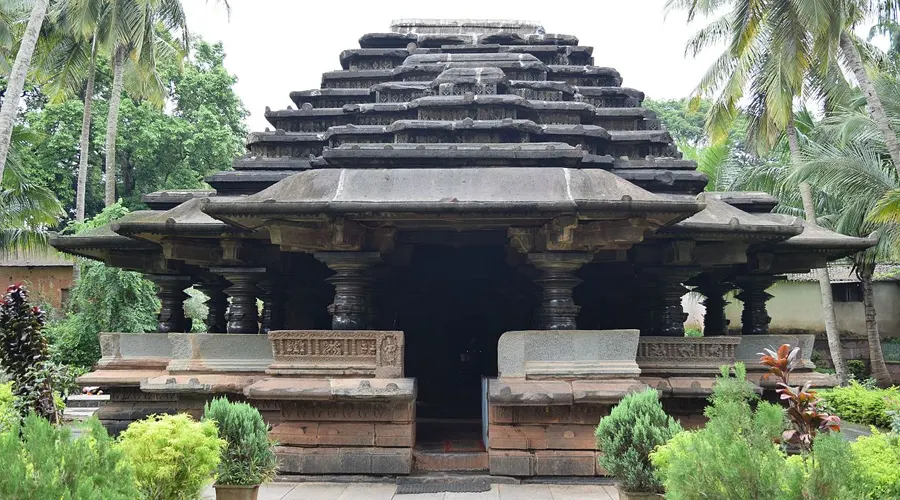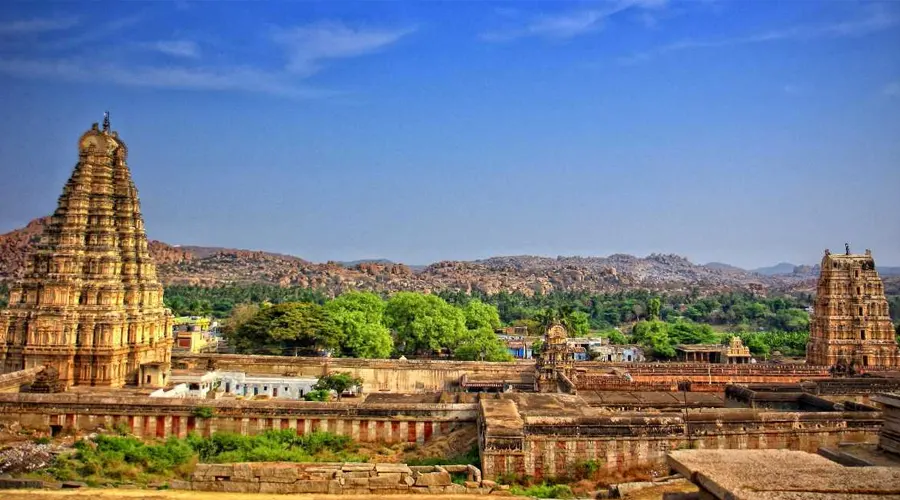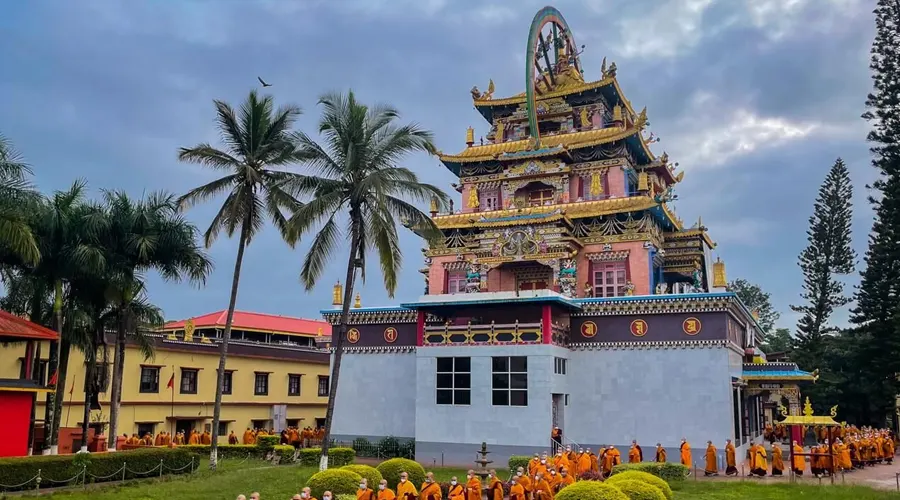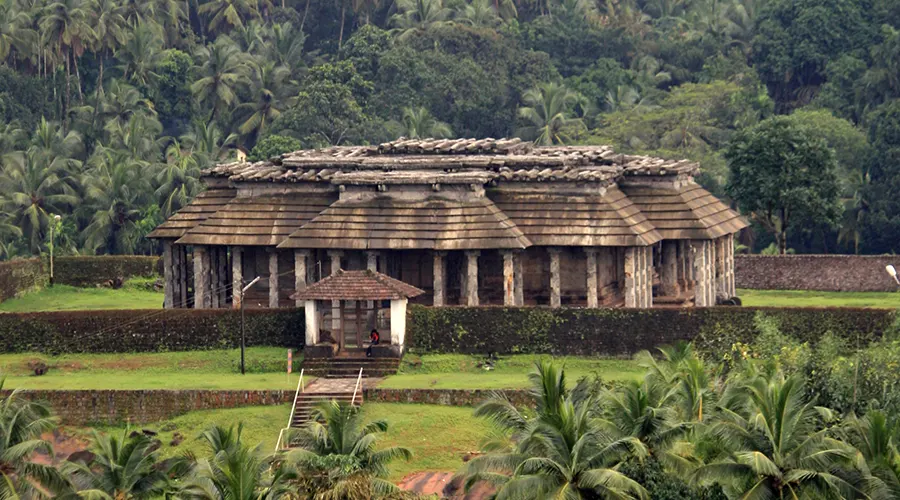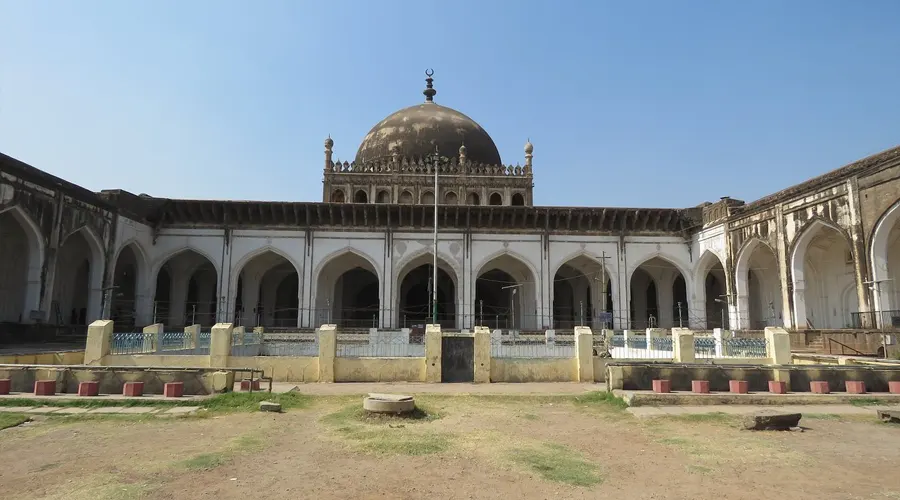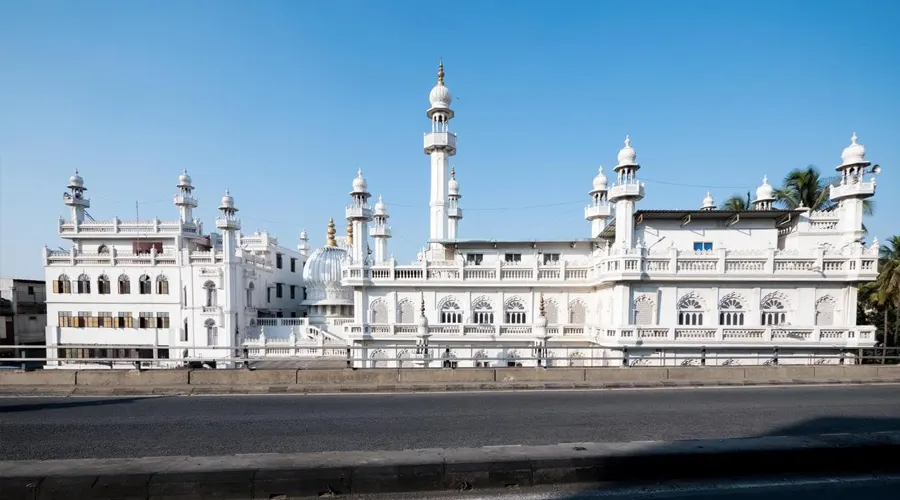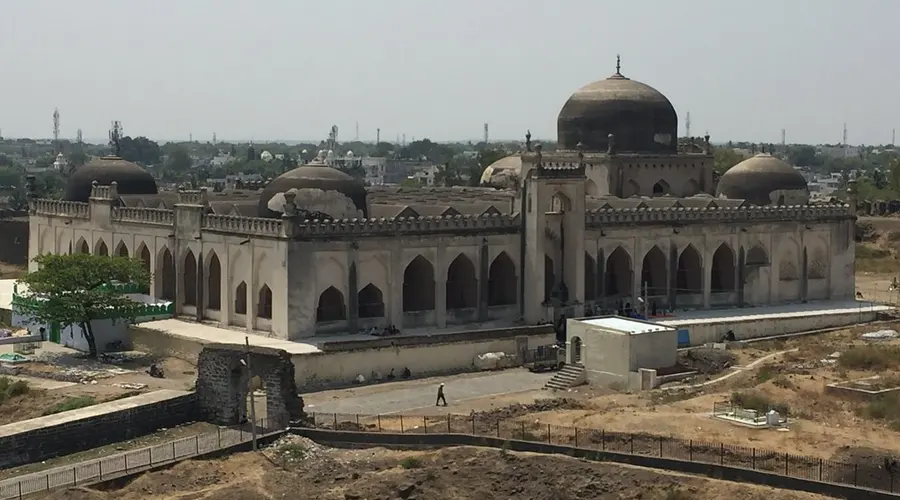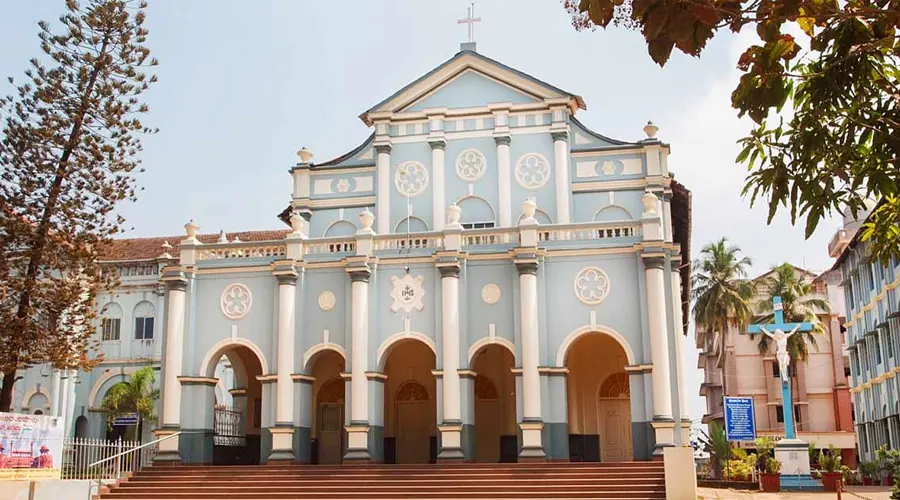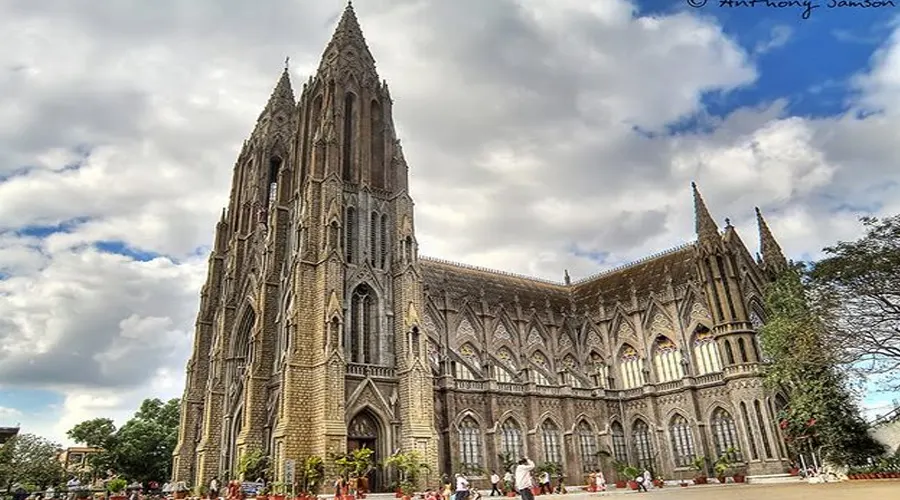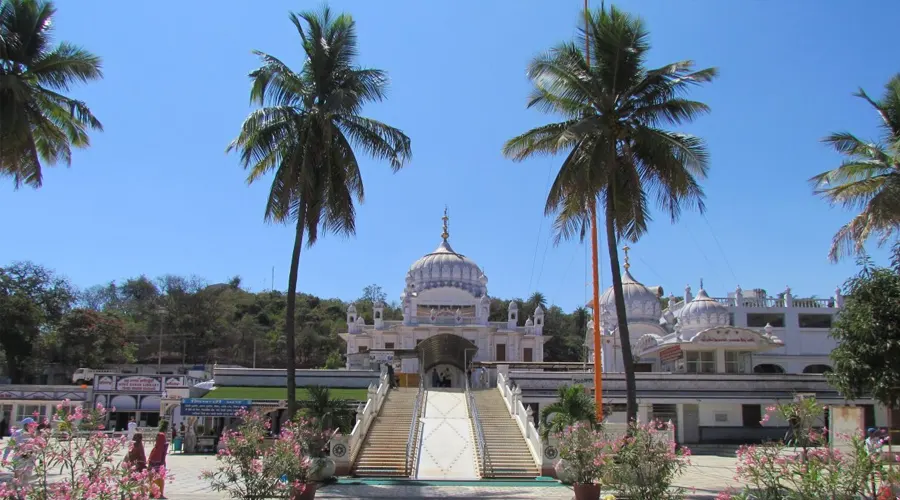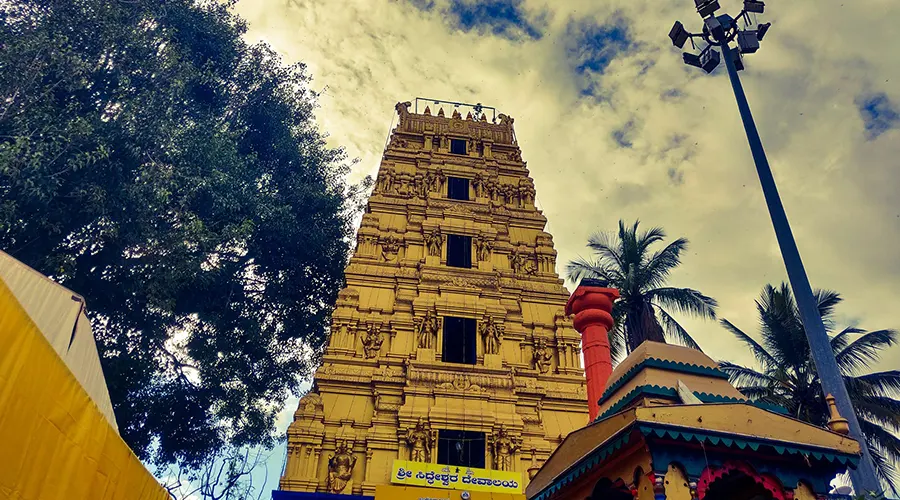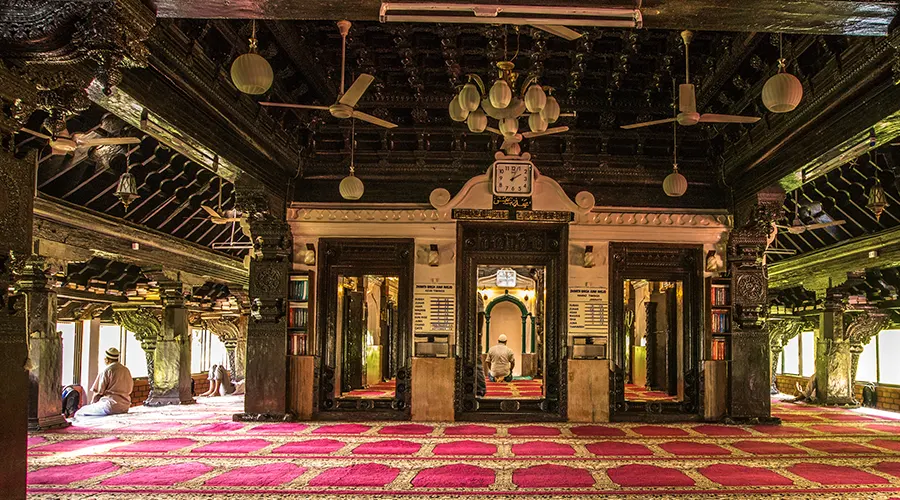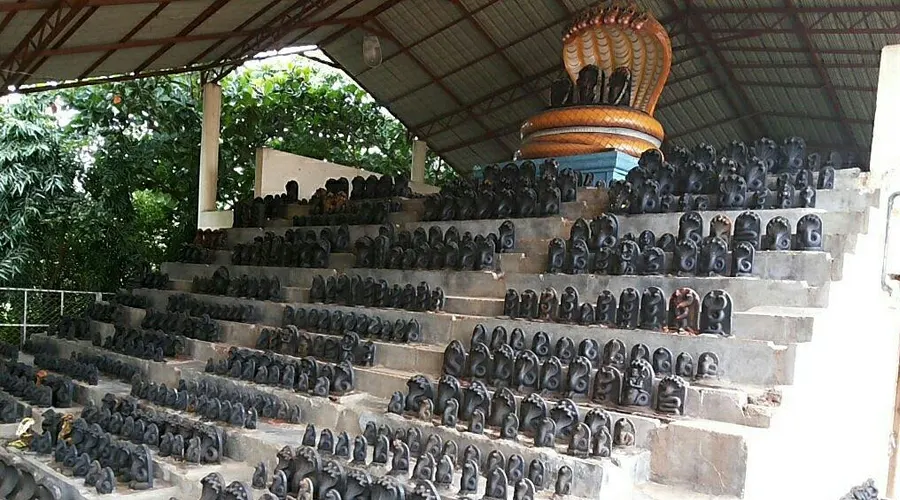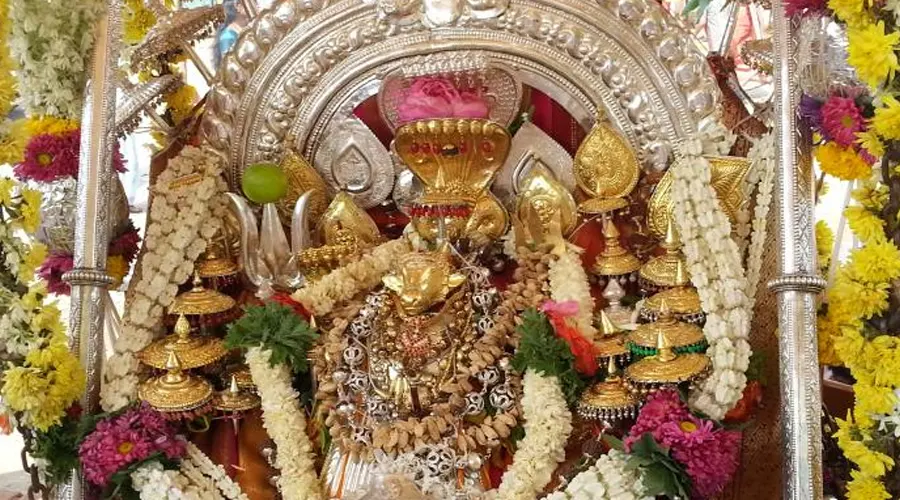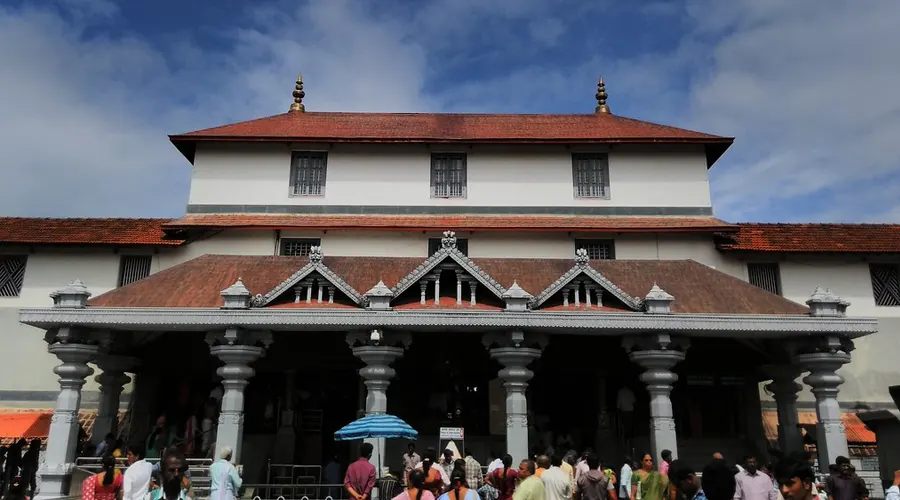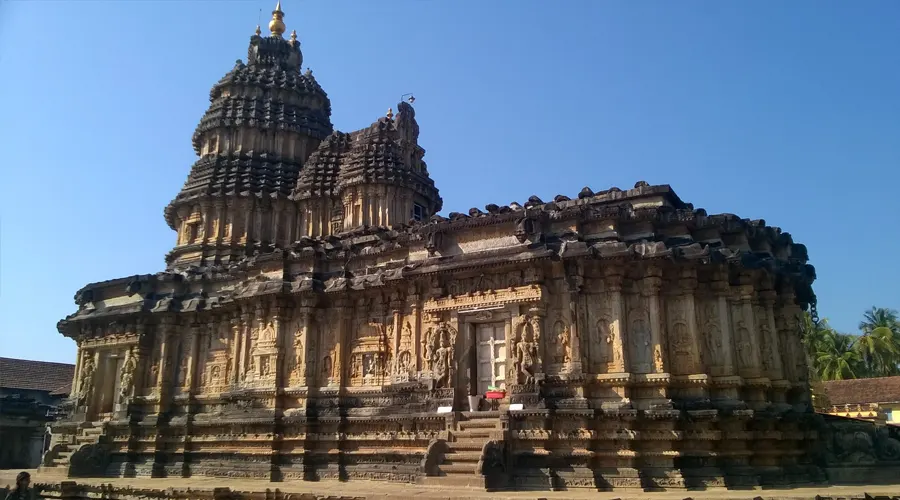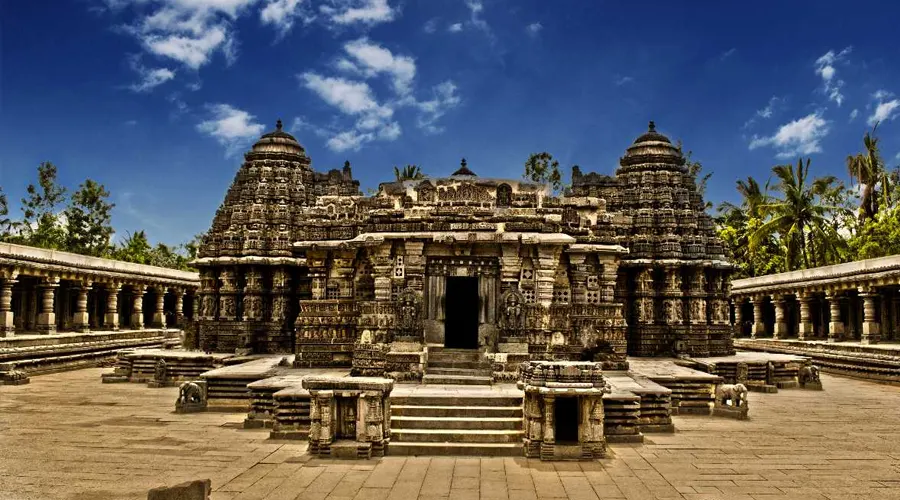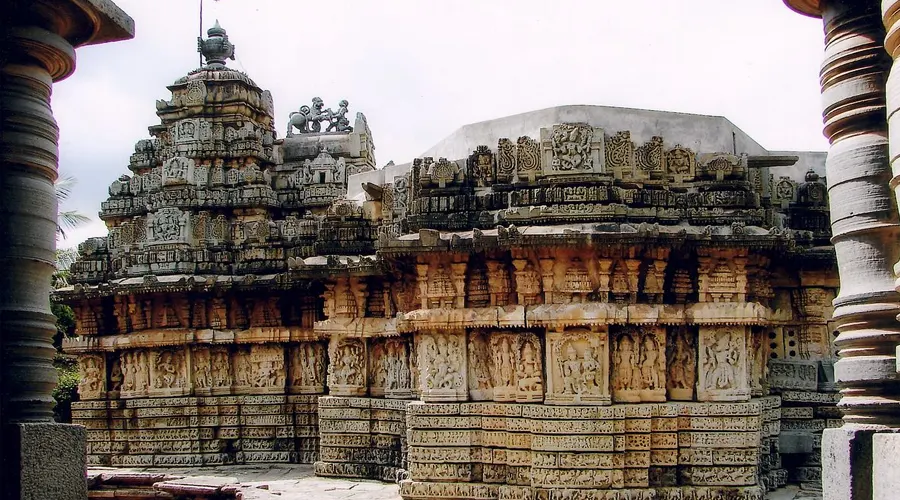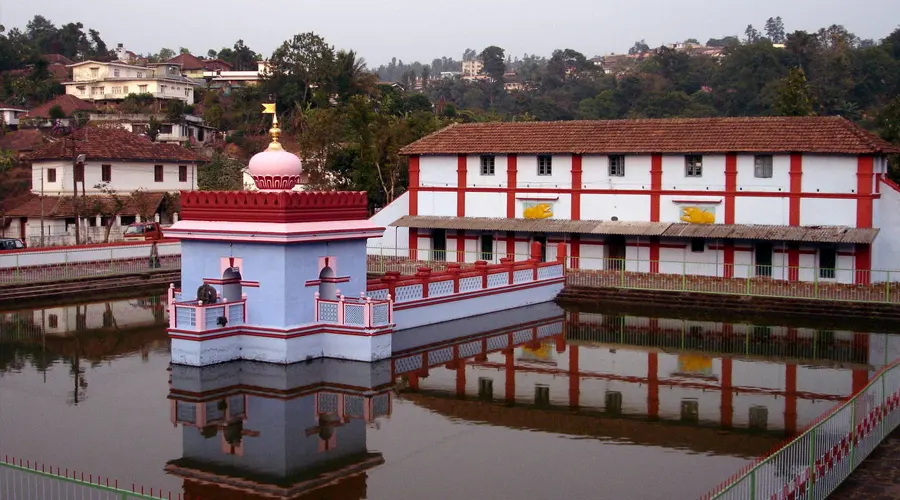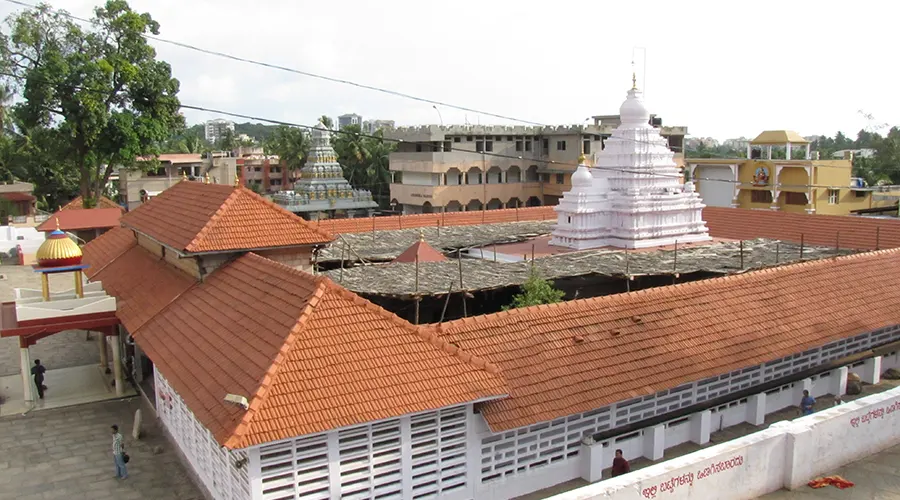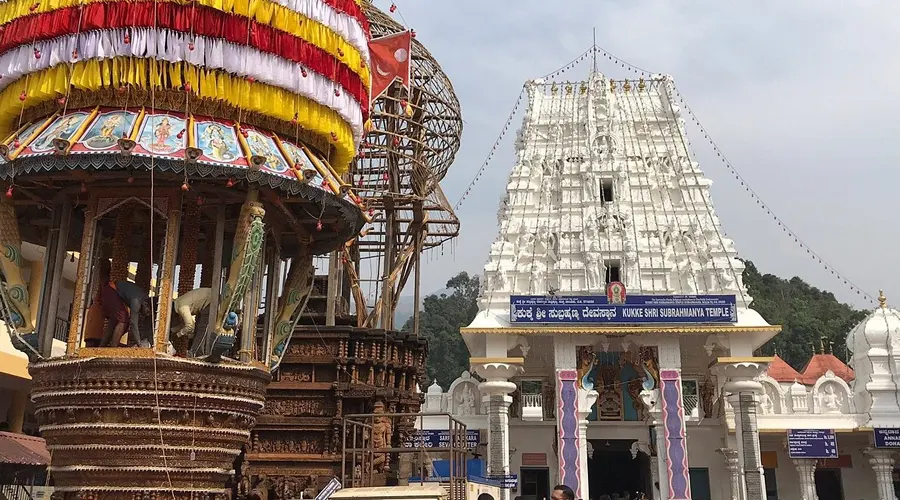Belgaum Fort
The Belgaum Fort is a popular tourist attraction located in Belgaum. The state of Karnataka recently honored it as the ‘state heritage monument’. It served as an impenetrable barricade against the violent attacks of the enemies. Mahatma Gandhi was also imprisoned here during the Freedom Movement of India. The Belgaum Fort has an adjoining lake, called the Fort Lake on which is a Floating Cafeteria. It is well maintained, and there are pedal boats as well as motorboats available for tourists.
It has undergone many renovations and additions throughout its existence because it played host to a legion of dynasties. The Belgaum Fort shot to fame when Mahatma Gandhi was captured here during the Freedom Movement of India. The fort was constructed after demolishing 108 Jain temples and 101 Shiva temples. Some of the stones and pillars can be seen as a part of the religious shrines over here, like the Jamia Masjid.
History of Belgaum Fort
Belgaum Fort is a 13th-century fort that was built during the rule of the Ratta dynasty. It is believed that the premises of the Belgaum Fort comprised 108 Jain Temples and 101 Shiva Temples in the past. They were subsequently demolished when the Muslim rulers took over. They used the stone and pillars from the destroyed temples to build the Belgaum Fort. One can still find rocks in the fort that belonged to one of those demolished temples.
The present-day Belgaum fort is the result of architectural contributions to various dynasties such as the Ratta dynasty, the Vijayanagar dynasty, the Adil Shahi dynasty, the Marathas, and the British Raj. The fort was built by a Ratta officer, Bichiraja, in 1204 AD. The fort was also briefly controlled by the Yadava dynasty of Devagiri when they had defeated the Rattas. Yakub Ali Khan of the Bijapur Sultanate is credited for transforming the original mud and stone structure of the fort into an invincible fortress, by adding a deep moat, bastions, massive walls, parapets, and battlements.
Architecture of Belgaum Fort
The present-day Belgaum Fort is a result of several architectural contributions made by the changing dynasties that ruled over Belgaum. It is designed to repel the violent attacks of the invading enemy armies. The Belgaum Fort has an oval shape and is surrounded by a deep, wide moat that was excavated in soft, red stone. The original entry gate with a bridge is no longer operational. The gate that is presently being used is often quoted as an example of beautiful Indian architecture. The gate’s exterior is adorned with large motifs of birds and animals.
The changing dynasties are reflected in the variety of religious shrines in its limits. The fort displays Jain, Hindu, and Muslim architectural styles and is home to Jain temples, Hindu temples, and mosques. The entrance of the fort has two shrines dedicated to Lord Ganapathi and Goddess Durga that exist in perfect harmony with two ancient mosques, Jamia Masjid and Safa Masjid demonstrating how the Belgaum Fort is a manifestation of the legacy of religious tolerance.

